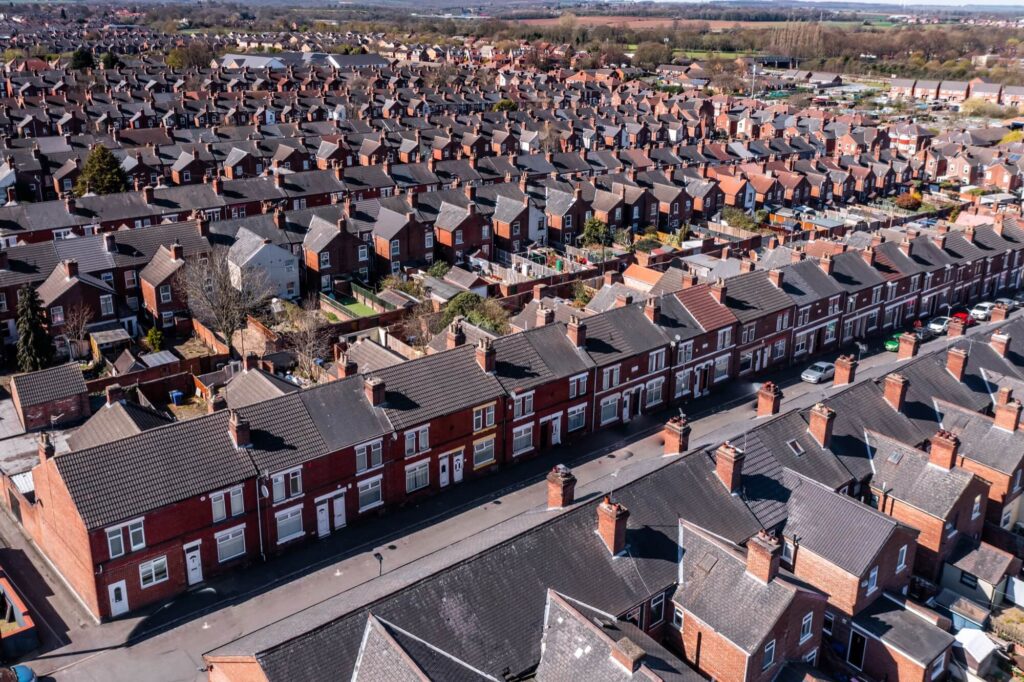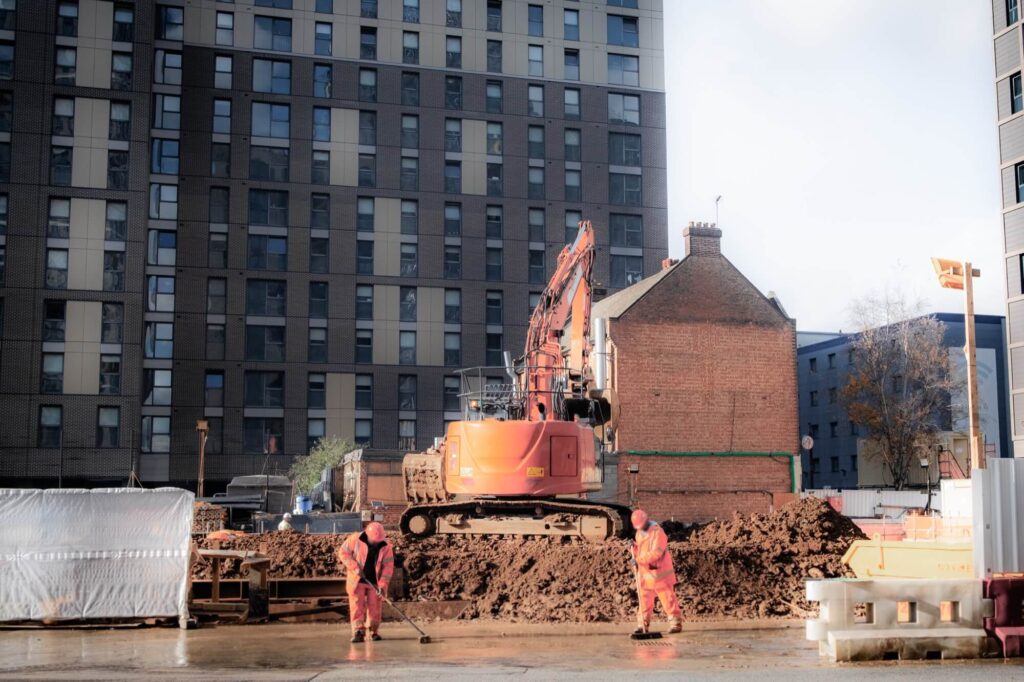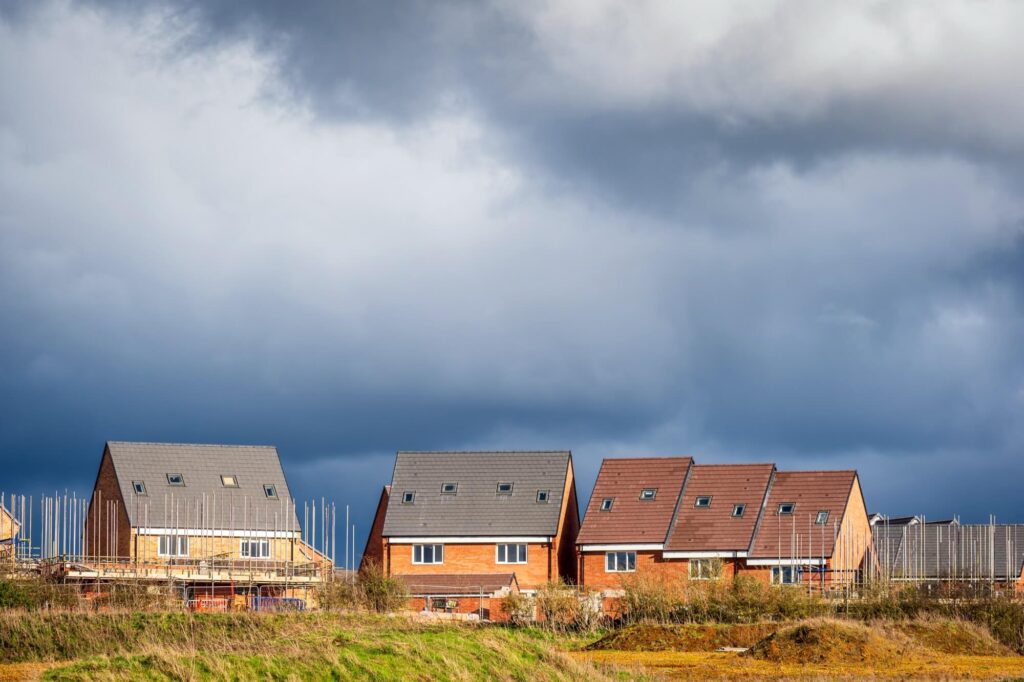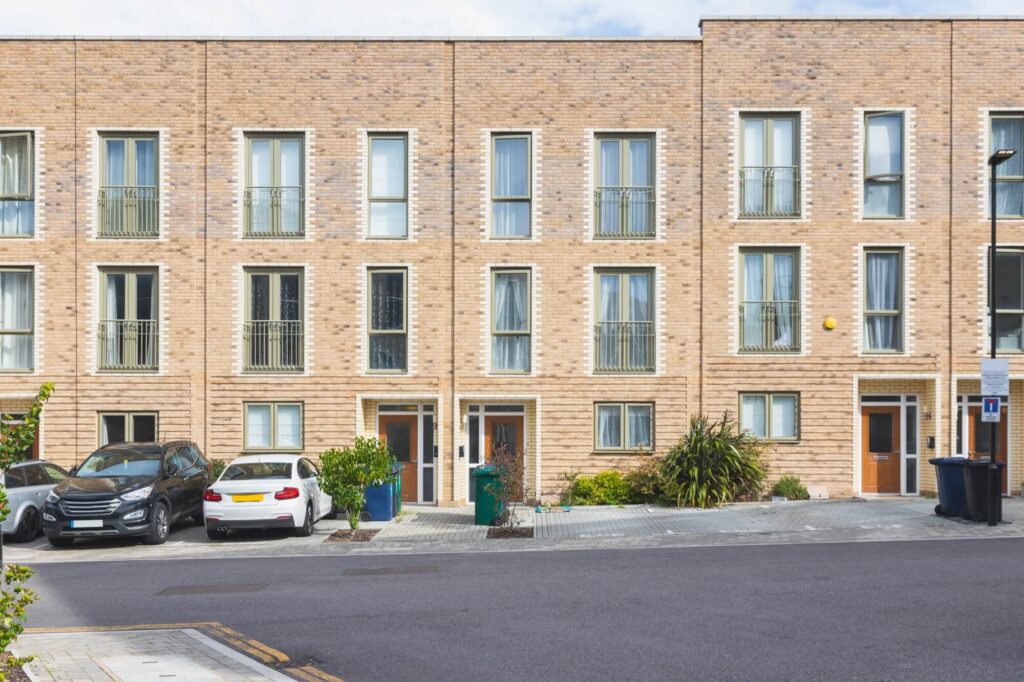Overcoming Barriers to Low-Carbon Heating in Social Housing
This case study is intended for local authorities, housing associations, and social housing providers tasked with delivering affordable, efficient, and sustainable heating solutions for low-income tenants.

To meet the UK’s population growth over the next five years, it is estimated that approximately 1.5 million new homes need to be built, including social housing. The National Housing Federation estimates that 90,000 social rented homes must be built annually to meet demand.
At a time when social housing providers are operating under considerable tight budgetary constraints they are under mounting pressure to:
- Decarbonise their housing stock
- Alleviate fuel poverty
- Improve tenant satisfaction
The Problem
Social housing tenants are among the most vulnerable in society, with the majority having low incomes or receiving benefits as well as a high proportion experiencing physical and mental health conditions.
As we see hikes in inflation and rising energy costs, social tenants often have limited control over their consumption or the means to navigate growing costs.
Even when energy-efficient technologies like air source heat pumps (ASHPs) are installed, the absence of supporting digital infrastructure or engagement tools can prevent tenants from realising the full benefits. Challenges include:
- Lack of visibility into energy use.
- Inability to access the most competitive energy tariffs.
- Difficulty managing heating systems effectively.
As a result, the energy savings and carbon reductions these technologies promise are often not fully achieved — representing a missed opportunity for tenants and providers alike.


Barriers to Adoption
Several interrelated barriers are slowing the adoption of and success of low-carbon heating in social housing:
- Digital Exclusion: Digital poverty is excluding many social housing tenants, with many unable to either afford to own a smartphone or pay for the connectivity costs. Coupled with this, the lack of digital literacy to use energy apps or smart controls may lead to disengagement and ultimately underutilisation of the technology available to them.
- Cost Sensitivity
Housing providers are under increasing pressure to reduce budgets, making it difficult for them to trial new solutions, invest in digital infrastructure, or retrofit older homes with connectivity features.
- Lack of Real-Time Data
Without live performance and usage data providers cannot detect faults early or optimise system performance and tenants cannot get timely feedback to adjust behaviour and reduce costs.
Market Fragmentation
One of the most persistent challenges in deploying low-carbon heating at scale is market fragmentation.
With supply-chains delays, hikes in inflations, growing skills and labour shortage of heat pump installers and technology smart developers, housing providers are having to navigate disruptions when planning major projects.
To compound matters, heat pump installers, connectivity providers, energy suppliers and app developers operate in silos, delivering individual components rather than a seamless, integrated solution. This fragmentation complicates procurement, slows implementation and adds unwanted hikes to costs.


Sector Operators and Suppliers Involved
This project takes a collaborative, cross-sector approach to overcome fragmentation by uniting the expertise of diverse stakeholders:
- Social Housing Providers
Lead on property upgrades and tenant engagement, ensuring the solution is tailored to residents’ needs and housing stock realities.
- Heat Pump Manufacturers & Installers
Supply, install, and maintain air source heat pumps (ASHPs) — and develop the user platforms and applications that offer:- Real-time visibility of energy uses
- Remote diagnostics
- Smart heating controls.
- 5G Network Providers & IoT Integrators
Deliver reliable, high-speed, secure connectivity to each property, enabling real-time data collection and interaction with smart systems — even in areas with limited broadband infrastructure.
- Energy Suppliers
Offer dynamic pricing tariffs that are integrated into the app, allowing tenants to automatically access cheaper energy periods and reduce bills without manual intervention.
Implementation Process
- Property Identification & Engagement
171 Greater Manchester social housing units with existing ASHPs as the primary heating source were shortlisted and the tenants were contacted and informed about the project’s benefits and processes, and were invited to opt-in. - Property Survey
GIS mapping was undertaken for the area ahead of the project to ascertain the level of connectivity and then each home was assessed for:- ASHP condition
- Electrical power suitability
- Thermal insulation levels
- 4G/5G signal strength
- Router Installation & onboarding
A compact 4G/5G router was installed and connected to the ASHP control system and residents were supported in downloading and linking a smartphone app to the system. - Asset Registration
Heat pump manufacturers registered the system on relevant landlord and resident platforms. - Cloud Integration
ASHP data is securely transmitted via the 5G network to a cloud-based platform for:- Performance monitoring
- Predictive maintenance
- Energy analytics
- Behavioural feedback

Supplier Flexibility and Scalability
The project is currently being tested with multiple suppliers to ensure long-term scalability and sustainability.
- Any social housing provider with heat pump stock can adopt this model.
- Heat pump manufacturers participating must provide:
- Landlord-accessible platforms
- Maintenance dashboards
- Resident-facing apps
Two manufacturers are currently involved, supporting both air source and ground source use cases.
Connectivity Requirements
- Resident Requirements:
- A smartphone with access to Wi-Fi or mobile data
- Basic digital literacy to use the app
- Router Requirements:
- Connection to a 4G/5G network via Ethernet or wireless
- Configured to prevent tenant access for personal use
- Power source availability in the home
Network Options: Evaluation and Decision
An Options Paper was produced under the Programme to assess connectivity architectures. The following decisions was reached:
Selected Option: Public 4G/5G Network
Advantages:
- Lower total cost compared to private network build-out
- Enables wider partnership and use-case expansion
- Simplifies deployment and support
- Leverages existing infrastructure (e.g. GM One network, LFFN)
Disadvantages:
- Variable signal quality in some regions (e.g., parts of Wigan)
- Reliance on Mobile Network Operators (MNOs) for ongoing coverage
Rejected Option: Private Standalone 5G
- Found not cost-effective or scalable for housing-specific deployment.
Key Technical Enablers
- ASHP with connectivity capability
- Public 4G/5G coverage at the property
- Resident access to a smart device
- Power outlet for router hardware
- Backend platform access for housing providers
- Dedicated social housing staff resource for monitoring
Energy & Hardware Profile
- Router Used: Netgear M6 Pro
- Power Consumption: ~70 Wh per 24 hours
- Connectivity: 4G/5G compatible, Ethernet optional
Safety & Product Integration Considerations
- All devices meet electrical safety standards
- Installation performed by qualified personnel
- Data is transmitted over secure, encrypted networks
- Router is firewall-protected and isolated from resident devices
- Seamless integration with existing heating controls and cloud diagnostics platforms
Could we do the same for you?
Contact the CJ Founds Associates team and see how we can help with your project.